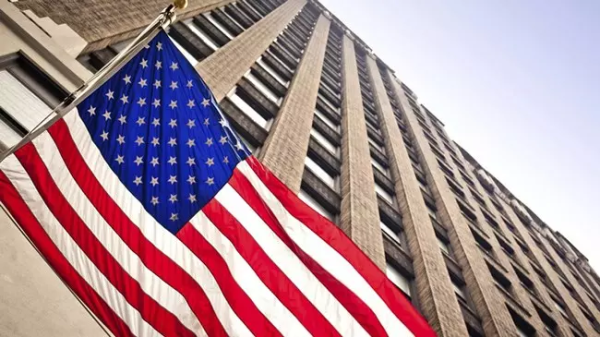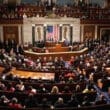ABD’de enflasyon, son raporlara göre aylık yüzde 0,4 artarak beklentileri aştı. Yıllık enflasyon ise değişmeyerek yüzde 3,7 seviyesinde devam ediyor. ABD ekonomisinin en önemli göstergelerinden biri olan enflasyon, son dönemde yatırımcılar ve ekonomi uzmanları için merak konusu olmaya devam ediyor.
Yıllık Tüketici Fiyat Endeksi (TÜFE), yüzde 3,7 artış göstererek beklenen yüzde 3,6 seviyesinin üzerinde sabit kaldı. Bu durum, enflasyonun istikrarlı bir şekilde yükselme eğiliminde olduğunu gösterebilir.
Üretici Fiyat Endeksi (ÜFE)
Ayrıca, ABD’de üretici fiyat endeksi Eylül ayında bir önceki aya göre yüzde 0,5 arttı. Bu dönemde benzin fiyatları da yüzde 5,4 artış gösterdi. Gıda ve enerji fiyatlarının çıkarıldığı Üretici Fiyat Endeksi’nde (ÜFE) ise yüzde 0,3’lük bir yükseliş kaydedildi. ÜFE’deki artış oranı yüzde 2,2 olarak gerçekleşti.
Enerji ve gıda fiyatlarının dışarıda tutulduğu çekirdek enflasyon ise Eylül ayında yüzde 3,1 artış gösterdi. Yıllık bazda çekirdek enflasyon da yüzde 4,1 ile beklentileri karşılayarak artışını sürdürdü.
ABD ekonomisindeki enflasyonun beklenenin üzerinde artması, merkez bankalarının politika kararlarını etkileyebilir ve tüketici harcamaları üzerinde olumsuz etkilere yol açabilir.
Eğer Enflasyon Artarsa Ne Olur?
Tüketici Fiyat Endeksi (TÜFE), tipik bir tüketici tarafından satın alınan belirli bir ürün ve hizmet sepetinin fiyatlarındaki ortalama değişiklikleri gösteren bir ölçü olarak kabul ediliyor.
Bu gösterge, hanehalklarının satın aldığı mal ve hizmetlerin fiyatlarını ölçer. TÜFE’deki bir artış genellikle enflasyonun bir işareti olarak yorumlanır ve tüketicilerin alım gücünü olumsuz etkileyebilir. Özellikle enerji fiyatlarındaki artışlar, ulaşım, ısınma ve elektrik gibi temel ihtiyaçlardaki maliyetleri artırabilir.
Enflasyon yükseldiğinde, merkez bankaları genellikle bunu kontrol altına almak için faiz oranlarını artırma yoluna giderler. Bu da borçlanmanın maliyetini artırarak hem tüketiciler hem de işletmeler için ek maliyetlere neden olur.








